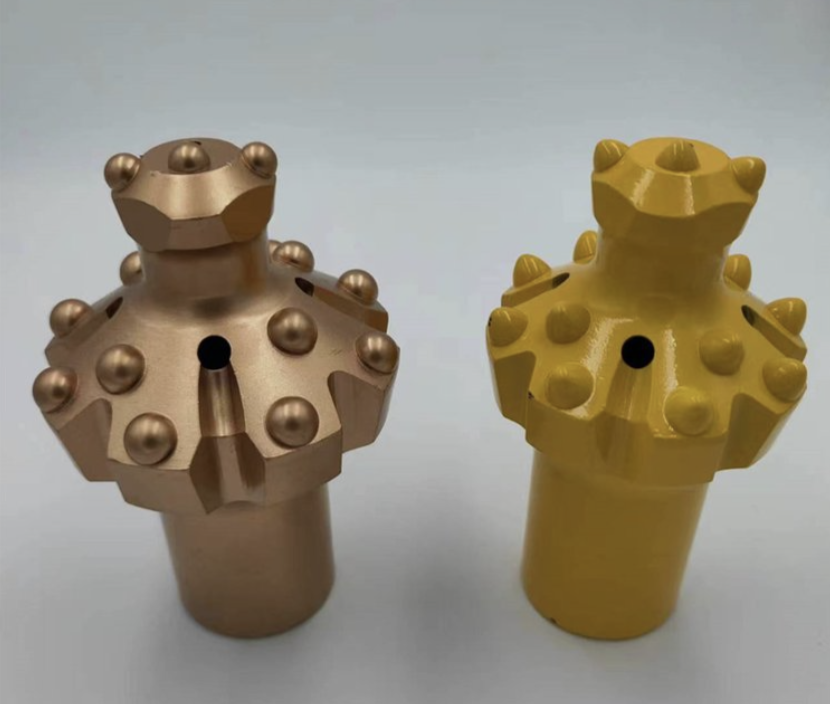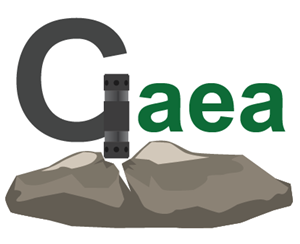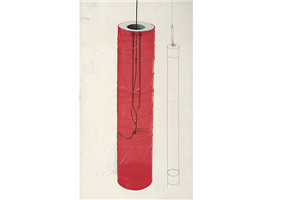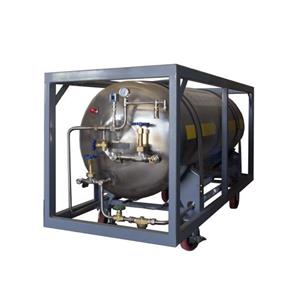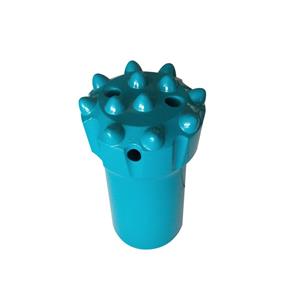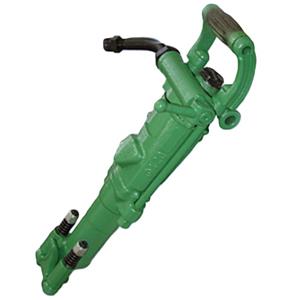Hydraulic Rock Drilling Rig: The “Hard Requirements” for Rock Drilling Tools
In mining and large infrastructure projects, hydraulic rock drilling rigs are core equipment thanks to their high drilling capacity. The performance of the matching drilling tools is closely tied to overall operational results. With tight project budgets, improving drilling‑tool performance to raise overall productivity and reduce per‑cubic‑meter rock excavation costs is a key way to control costs and protect margins. Achieving that goal imposes three core requirements on drilling tools: outstanding quality and stability, optimal drilling rate, and minimal borehole deviation.
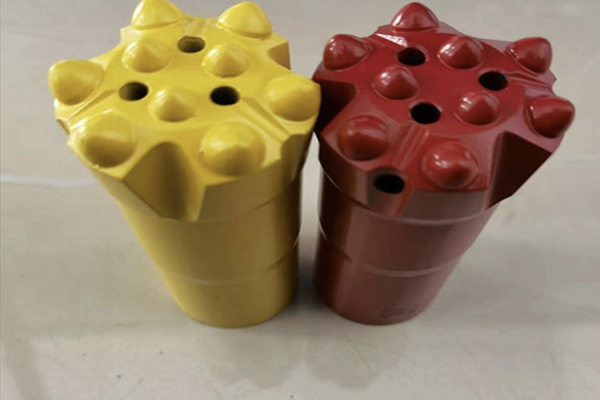
Tool quality: the foundation for controlling downtime and ensuring continuous operation Labor hour costs are a major component of hydraulic rig operating costs. Labor rates tend to be high, and equipment depreciation, system costs and labor compensation are allocated across working hours, so losses from non‑productive time directly raise project expenses. For example, in the Swedish market the average hourly cost of a hydraulic rock drilling rig is already USD 380–450 per hour; frequent stoppages caused by tool problems therefore produce substantial economic losses.
International efficiency standards for hydraulic rigs set clear targets: under single‑shift operation, a single boom typically advances about 50,000 m of blastholes per year. Reaching that level depends on drilling tools having a stable service life — commonly a minimum shank life of 3,000 m is required — to reduce the frequency of disassembly and shank replacement and avoid unnecessary downtime.
Moreover, defects in drill rods or bits can trigger more serious chain effects. A broken drill rod not only results in the loss of the bit but can render an already‑drilled hole unusable. Although hydraulic rigs are highly automated and reduce routine labor intensity, the time and effort required to disassemble equipment to replace a shank, retrieve a broken rod, or regrind a bit waste valuable hours and significantly increase operators’ workloads. Therefore, project owners typically prioritize product quality over price, viewing it as the core prerequisite for maintaining continuous operation and controlling costs.
Drilling rate: the key to lowering fixed costs and improving operational returns Aside from labor and tool purchase costs, other hourly costs for rig operation — equipment depreciation, site rental, management overhead, etc. — are fixed costs and are allocated over time regardless of drilling efficiency. Since drilling‑tool costs represent a relatively small share of total operation cost, improving the drilling rate is the most direct way to reduce unit construction cost.
A higher drilling rate means more holes completed in the same time, which effectively dilutes fixed costs per unit of work. For example, increasing the drilling rate by 20% reduces the fixed cost allocation per unit of output by roughly 20%, directly lowering the cost per cubic meter of rock. Therefore, project owners pay close attention to the drilling efficiencies of different tool types and actively pursue technical upgrades that raise penetration rates as a key measure to optimize cost‑effectiveness.
Borehole deviation: essential for blast effectiveness and avoiding resource waste In medium‑to‑deep blasthole drilling and blasting, borehole straightness directly affects blasting quality and extraction yield. Deviated holes cause two main problems: the actual hole position can deviate from the design, forcing a reduction in the explosive charge; and hole spacing can be reduced, preventing the intended blast coverage. Both issues reduce the volume of rock extracted, waste resources and delay schedules, so strict limits are set on allowable deviation.
Causes of borehole deviation include drilling entry errors, misalignment in hole layout, and straightness errors originating from the drilling tools themselves. With the widespread adoption of fully hydraulic rigs and computer‑controlled hydraulic rigs, the first two sources of error can largely be eliminated by precise equipment control, making tool structural issues the primary remaining cause of deviation. As drilling depth increases, any straightness defects in the tool are amplified and deviation worsens — in severe cases a hole can be entirely scrapped.
The industry’s effective response is the adoption of guided drilling tools. These tools are designed to correct drilling direction during operation, significantly reducing or eliminating deviation caused by the tool itself, and thereby ensuring blast effectiveness and higher extraction yields.
Conclusion As the core matched component of hydraulic rock drilling rigs, drilling tools’ quality, penetration rate and ability to control borehole deviation directly determine project cost‑effectiveness, operational efficiency and blasting quality. Under strict budget constraints, only tools that meet these three fundamental requirements can help project owners reduce costs and increase efficiency, enabling hydraulic rigs to fully realize their high‑productivity advantages.
